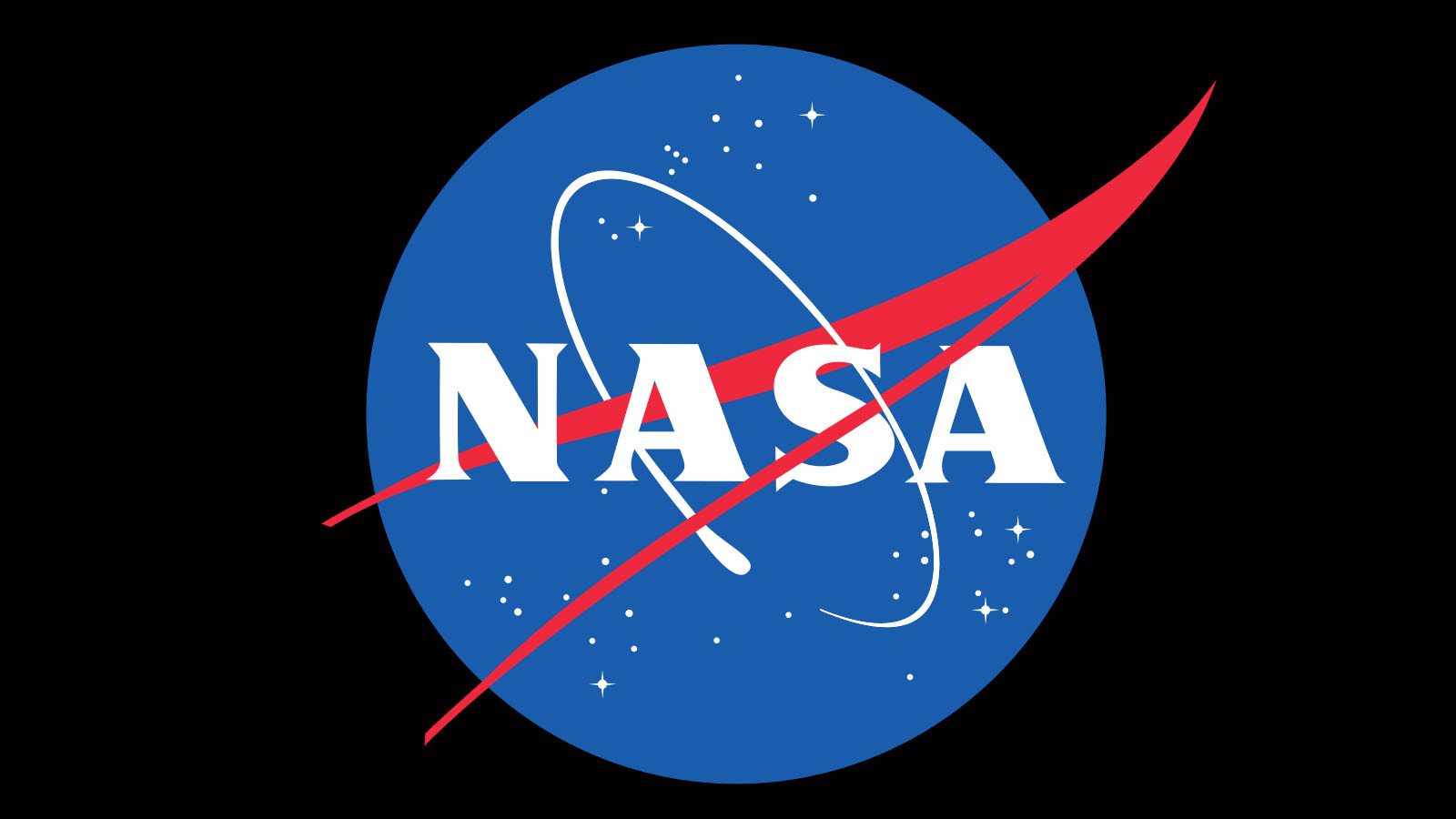On Friday, NASA laid out its plans to make the International Space Station a hub for the industrial hobby in low Earth orbit. The corporation has long deliberate to make the ISS a key anchor factor for supporting private commercial enterprise operating in the area.

“We’re right here due to the fact the International Space Station is now open for enterprise,” NASA lead spokesperson Stephanie Schierholz stated at the convention outset. 20 agencies joined NASA officers onstage to launch this new business capacity and speak the possibilities and plan.
Part of the plan consists of permitting non-public astronauts to visit and live on the ISS, traveling on U.S. Cars. It additionally includes allowing non-public business sports to take vicinity on the ISS, which provides for “in-area manufacturing,” advertising sports, healthcare research, “and greater,” NASA says.
NASA articulated a 5-part plan that says “doesn’t war” with government and public zone use of the ISS, however that stands to permit innovative and sundry revenue-generating possibilities for personal actors. NASA’s ordinary purpose is to come to be “one of many” users of the ISS and coffee Earth orbit facilities, the organization said, and this has to cause blessings for taxpayers, too.
Here’s NASA’s five-component plan, as described at a high degree nowadays:
Part 1– NASA created an International Space Station Commercial Use Policy. It affords a preliminary supply or quota of assets, including crew time, load release, and go back talents for purchase by way of non-public groups.
According to yr, part 2– Private astronauts can visit for up to 2 short periods, beginning early as 2020. Missions could be privately funded, dedicated commercial area flights. They will use U.S. Spacecraft (such as those licensed by using the NASA team area travel application, like SpaceX’s Crew Dragon). NASA will lay out pricing for the use of lifestyles aid, team supply, garage, and statistics.
Part 3– The ahead part of the ISS Node 2 Harmony module is available as the first detail of the industrial destination. They characterized this as an initial step toward future business liveable modules in the area. There’s a request for proposals coming on June 14, and NASA will choose a primary client to award the port’s development with the aid of giving up this economical 12 months.
Part 4 – NASA is growing a plan to stimulate the lengthy-term industrial calls, starting via reading space production and regenerative medicinal drug especially. The agency is asking for white papers by using June 15 and suggestions via July 28.
Part 5 – NASA has a brand new white paper that articulates the minimum feasible wishes for lengthy-time period industrial operations in long-term orbit. Lowering rate for industrial transit is noticeably essential to this plan normal, and that got here up time and again; it looks like this is often a call to personal entities to help clear up those and other issues to make certain that commercialization isn’t always handiest available, but additionally possible.
Another piece of the plan is that long-term, over the subsequent decade or so, non-public entities investing in the ISS can potentially replace it with a privately run area station, which would assist address its eventual give-up-of-lifestyles replacement plans. In an interview from April, TechCrunch’s Jon Shieber spoke to ISS National Lab Deputy Chief Scientist Dr. Michael Roberts about its commercialization.
Dr. Roberts articulated some of the capability possibilities for private entities doing business at the ISS, which include excessive hobby in the “fundamental discovery” of areas like preclinical testing or drug delivery mechanisms in the pharmaceutical industry, as an instance. In the producing industry, Dr. Roberts pointed to non-public actors who’re searching for methods to improve current production practices, with the delivered benefit of operating in zero-G and vacuum surroundings.
One of the key pieces of info here’s a broadening of what’s allowed in phrases of advertising sports carried out at the ISS: the U.S. NASA team onboard ISS can participate in a few marketing sports (however essentially simply at the back of the digital camera performing greater as crew), and private astronauts could have a broader mandate, with an awful lot more flexibility in phrases of what they could do in phrases of advertising and advertising.
So we ought to theoretically see a whole lot of Red Bull !!! Promotional sports, if this tendency dystopian. There are 50 personal corporations jogging experiments at the ISS right now, in step with NASA. Still, this assertion is ready to lay a framework that might higher formalize and scale that possibility through the years.

